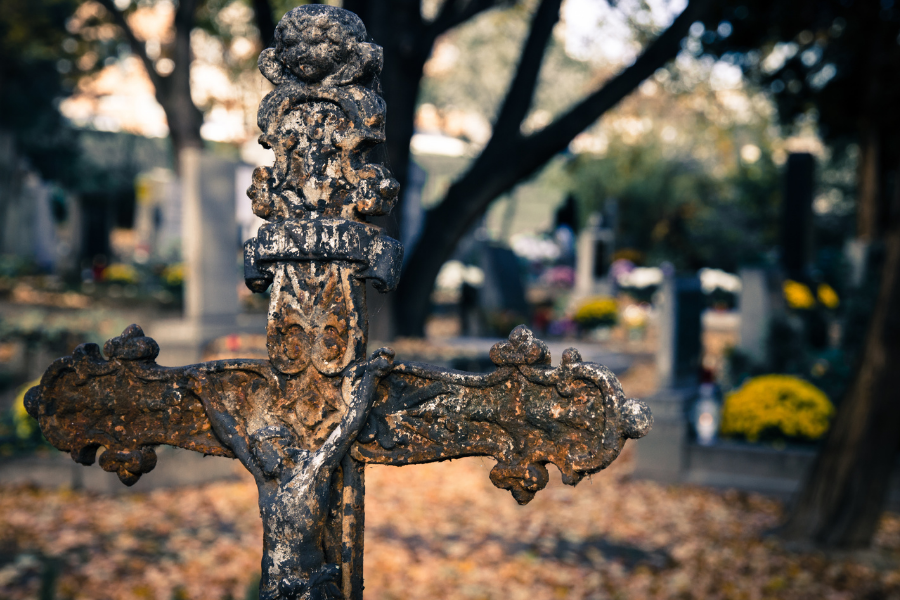Why All Saints’?
~by Joshua Torrey
Redeemer celebrates the church calendar. This calendar has had many developments over time. Many of us understand Christmas, Easter, and Pentecost. But why do we celebrate All Saints’ Day as a feast day at Redeemer? If we do not agree with the reasoning behind the establishment of the day in the early seventh century, how can we talk to our children about this feast day when they are more excited about dressing up in costumes and eating candy? I would like to suggest two simple sentences that have profound impacts on how we view death and think about those who have died.
“We celebrate the living after they have died.
One of the reasons we celebrate All Saints’ Day is that dead believers aren’t actually dead. Well, they are dead dead—it’s not like being “mostly dead” in The Princess Bride. But at the same time they are living! And they are living in the glory of God.
But Jesus answered them, “You are wrong, because you know neither the Scriptures nor the power of God. 30 For in the resurrection they neither marry nor are given in marriage, but are like angels in heaven. 31 And as for the resurrection of the dead, have you not read what was said to you by God: 32 ‘I am the God of Abraham, and the God of Isaac, and the God of Jacob’? He is not God of the dead, but of the living.” 33 And when the crowd heard it, they were astonished at his teaching (Matthew 22:29-33).
Sometimes we can forget that this is an astonishing teaching! On All Saints’ Day we remember those who “have fought the good fight, finished the race, kept the faith” (2 Timothy 4:7). But we do not remember them solely as those who are dead. We can remind our children that God is not the God of the dead. He is the God of the living and his saints live with him right now.
“We worship with the living after they have died.”
One of the most poignant elements of our weekly liturgy is “The Great Thanksgiving.” During this portion of the service leading to the singing of the Sanctus we hear, “Therefore, with angels and archangels, and with all the company of heaven, we praise and magnify your glorious name, evermore praising you and singing.” This liturgical idea comes from many different passages from the book of Revelation.
After this I looked, and behold, a great multitude that no one could number, from every nation, from all tribes and peoples and languages, standing before the throne and before the Lamb, clothed in white robes, with palm branches in their hands, 10 and crying out with a loud voice, “Salvation belongs to our God who sits on the throne, and to the Lamb!” 11 And all the angels were standing around the throne and around the elders and the four living creatures, and they fell on their faces before the throne and worshiped God (Rev 7:9-11).
On a weekly basis, our liturgy acknowledges the living praise and worship of those believers who have gone on before us into the presence of their Savior and God. All Saints’ Day is an additional day in which we can dwell just a little more on this reality. We can confidently tell our kids that those in our church who have died still worship alongside us. They simply do it with a better and more glorious view.
The author of Hebrews had a great grasp of this knowledge that “we are surrounded by so great a cloud of witnesses” (Hebrews 12:1). All Saints’ Day is the perfect time to verbally and liturgically teach our kids that we have “come to Mount Zion and to the city of the living God, the heavenly Jerusalem, and to innumerable angels in festal gathering, 23 and to the assembly of the firstborn who are enrolled in heaven, and to God, the judge of all, and to the spirits of the righteous made perfect, 24 and to Jesus, the mediator of a new covenant” (Hebrews 12:22-24). And that is something worthy of celebrating with a feast!

